Texas is the second largest state in the United States — meaning there’s a lot to explore. As they say, “Everything is bigger in Texas!” From natural wonders like the Big Bend National Park to buzzy metropolises like Houston, San Antonio, and Austin, the Lone Star State has something for everyone.
Whether you want to explore the great outdoors or check out a bustling city, an electric bicycle is a great way to get around. But before you start cycling through Texas, it’s a good idea to learn about the state’s ebike laws.
Every state has its own laws regarding ebike use, regulating everything from how old you have to be to ride an electric bike to where you can cycle and if you need a helmet. Below, we talk about the most important Texas electric bicycle laws.

What’s legally considered an ebike in Texas?
According to Texas Transportation Code, a vehicle must meet three criteria to be considered an electric bike:
- The bicycle must have fully operable pedals. This sets it apart from other motorized vehicles like scooters, mopeds, or motorcycles.
- The bicycle must have an electric motor with a maximum power of 750 watts.
- The bicycle’s maximum assisted speed can’t exceed 28 miles per hour (mph). (This doesn’t mean that you can’t pedal the bike faster than 28 mph — just that you can’t go faster than a top speed of 28 mph with the motor engaged. You can only use human power to go that fast.)
Key Texas e-bike laws explained
Now that you know what qualifies as an e-bike in the state of Texas, you’re probably wondering what the rules are for using one. Read on for a quick overview of the most important state laws.
2025 Update: Texas cities such as Austin and Dallas now allow Class 3 ebikes on select shared-use paths under local ordinances.
Where are you allowed to ride ebikes in Texas?
Texas traffic law treats electric bicycles like normal bicycles.
You can ride an ebike on roadways (on the right shoulder). This applies as long as you don’t make a left turn. You also have to follow the rules of the roads that apply to motorists, like obeying traffic signals and lights.
E-bikes are allowed on traditional bike paths, bike lanes, and bike trails unless noted otherwise. However, local authorities may have rules limiting using e-bikes in these areas.
Protected areas like state and national parks may also have their own regulations. For example, the Texas Parks and Wildlife Department (TPWD) doesn’t allow e-bikes on nonmotorized trails. However, this may change. Check the TPWD website for the latest news.
How old do you have to be to ride an ebike in Texas?
There are no age limits for riding a Class 1 or Class 2 ebike in Texas.
However, Texas electric bike laws require ebike riders to be at least 15 years of age to ride a Class 3 ebike. People under 15 can still ride as a passenger on a Class 3 ebike if it’s designed to accommodate more than one person.
What class of ebikes are legal in Texas?
Electric bicycles come in different classes. Understanding ebike classes is important because the laws governing ebike use depend on the class. For example, you might be able to ride a Class 1 ebike on a bike path but not a Class 3 ebike.

The class also tells you how powerful the ebike motor is and whether the ebike offers pedal and throttle assist. Pedal assist engages the motor while pedaling, helping propel you ahead. Throttle assist engages the motor even when you aren’t pedaling.
Some states, like Pennsylvania, don’t differentiate between e-bike classes. However, Texas has three categories of e-bikes:
- Class 1 ebikes. Class 1 ebikes have a motor that engages only when you’re pedaling the bike. For this reason, they’re sometimes referred to as pedelecs. A Class 1 e-bike can’t go faster than 20 mph.
- Class 2 ebikes. Class 2 ebikes have a pedal assist and throttle assist system (so they can propel you forward even when you aren’t pedaling). Like Class 1 ebikes, Class 2 ebikes can’t go faster than a maximum speed of 20 mph.
- Class 3 ebikes. Class 3 ebikes are a bit speedier than the low-speed Class 1 and Class 2 bikes. They can go up to 28 mph. However, Class 3 ebikes only have pedal assist, no throttle assist.
Do you need a helmet when riding an ebike in Texas?
Texas doesn’t have any statewide helmet laws. However, some municipalities may have helmet laws. For example, the Dallas City Code requires anyone under 18 to wear a helmet.
Even if you aren’t obligated to wear a helmet, it’s smart to do so. Helmets save lives, protecting against serious, potentially life-threatening brain injuries and head trauma.
Learn more about state helmet laws and find out how to get a helmet that fits you.
Is there a speed limit or restriction on motor power for ebikes in Texas?
According to Texas law, an ebike motor can’t be more powerful than 750 watts. Additionally, the ebike can’t go faster than 28 mph when the motor is engaged. So, you can technically pedal the bike at speeds of more than 28 mph, but the motor can’t help you.
Do you need a license to ride an ebike in Texas?
Are you worried you’ll have to wait at the DMV to get an ebike driver’s license? Don’t worry about it. Texas doesn’t require a license to ride an ebike. The state also doesn’t require you to register your ebike.
Do you need insurance to ride an ebike in Texas?
There’s no need to invest in insurance for your e-bike (unlike car or motorcycle insurance, which many states — including Texas — require). That said, e-bike insurance can be a smart investment, as it can help cover costs if your bike is damaged or stolen.
Local ordinances for ebikes in Texas
While Texas has statewide regulations governing e-bike use, many local authorities have their own laws.
For example, in Austin, motor-driven devices (including e-bikes) aren’t allowed on public city trails or across public recreation areas. Discussion of a pilot program could change this, however.
What you should know before riding your ebike in Texas
Before you ride an ebike in Texas, it’s worth checking out the latest laws. If you want to ride in a park, consult the authority that oversees the park — like the TPWD. For cities, check with the local municipality. The DMV and local police department are also potential resources.
Once you know where you’re allowed to ride, it’s time to gear up. Make sure your bike has essential safety accessories, like rearview mirrors. For yourself, invest in protective gear like a helmet and reflective vest.
Once you’ve got the practicalities taken care of, it’s time for the fun part — planning your bike ride! Popular electric mountain bike (eMTB) trails include Pace Bend Park, Emma Long Motocross Park, and Reimers Ranch.
Discover Texas on a Velotric electric bike
Whether you want to spend time in nature or enjoy the hustle and bustle of a big city, Texas has something for you. Velotric makes exploring the Lone Star State easy with our high-quality e-bikes.
The Discover 2 is great for urban exploring, while the Nomad 2X, a fat tire model, is preferable for off-roading on unpaved surfaces. Both models come with pedal assist and throttle assist.
Velotric ebikes come with a high-quality lithium-ion battery that charges completely in just six hours. A full charge will take you 75 miles, so you can cover plenty of Texas ground.
The first step? Finding your perfect bike.


























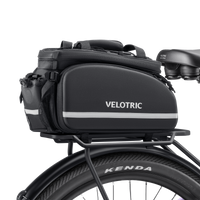

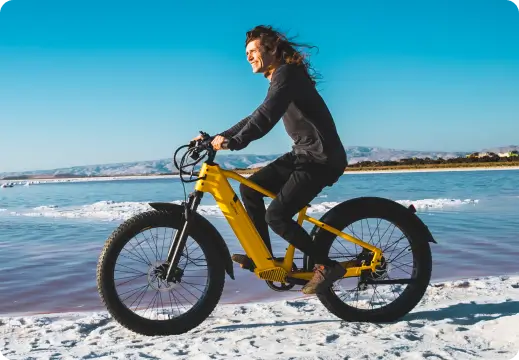

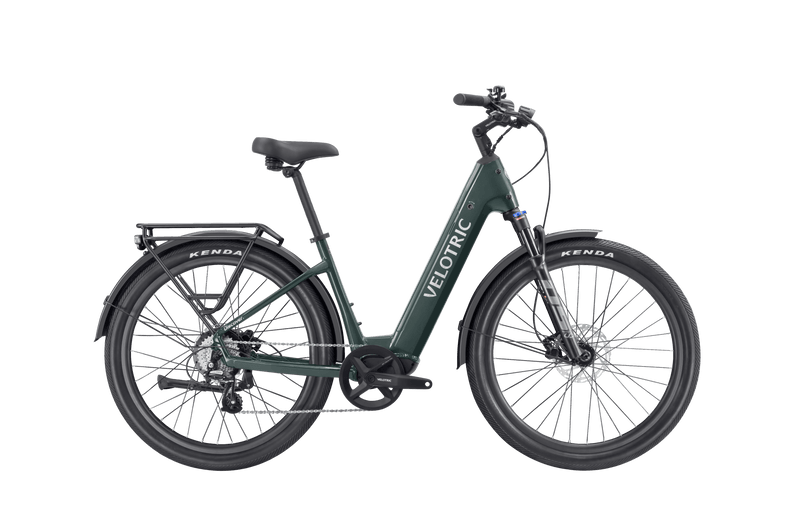
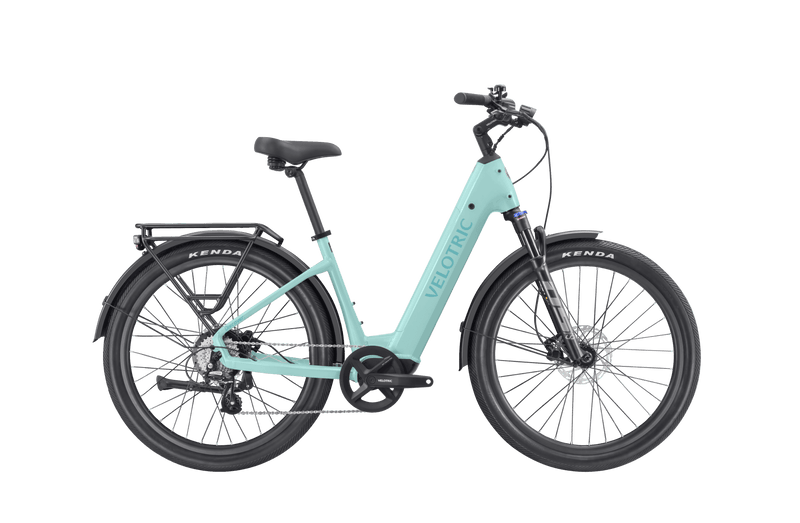
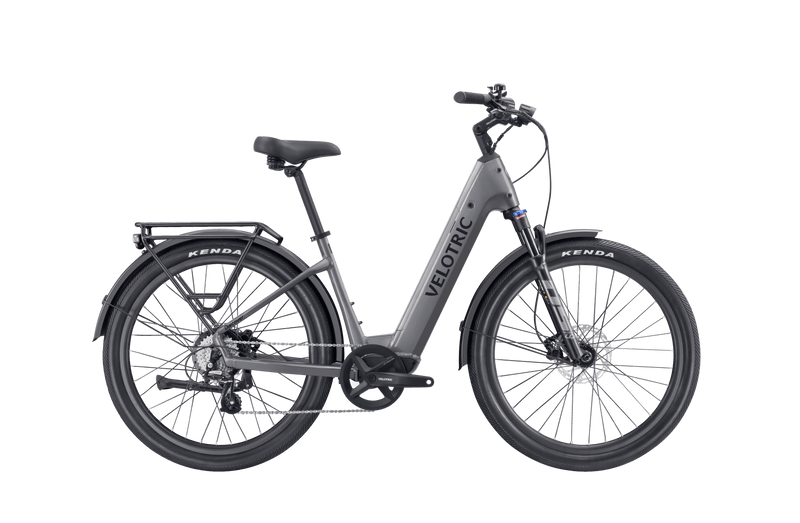
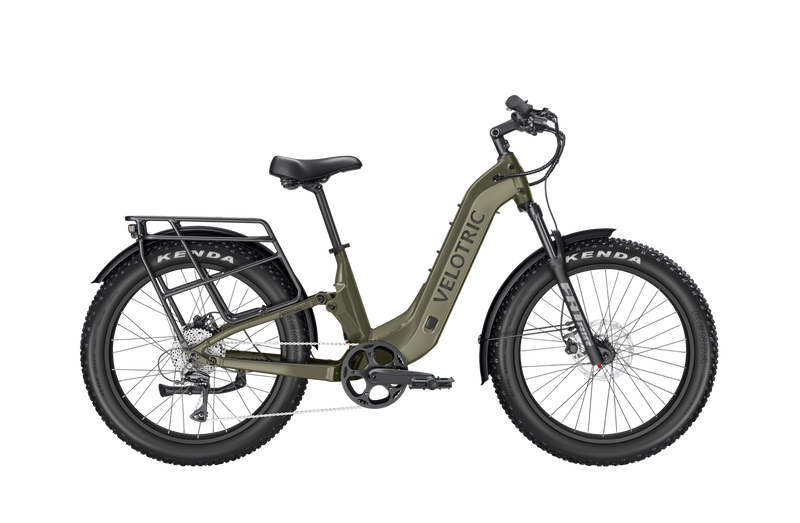
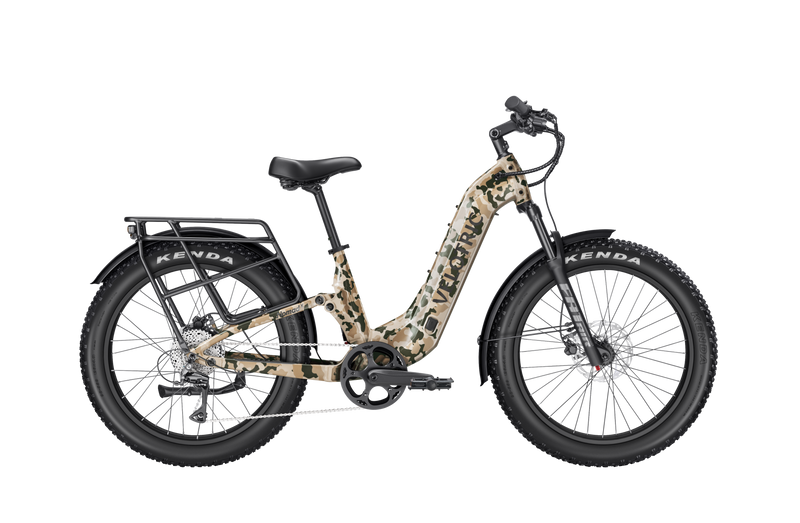
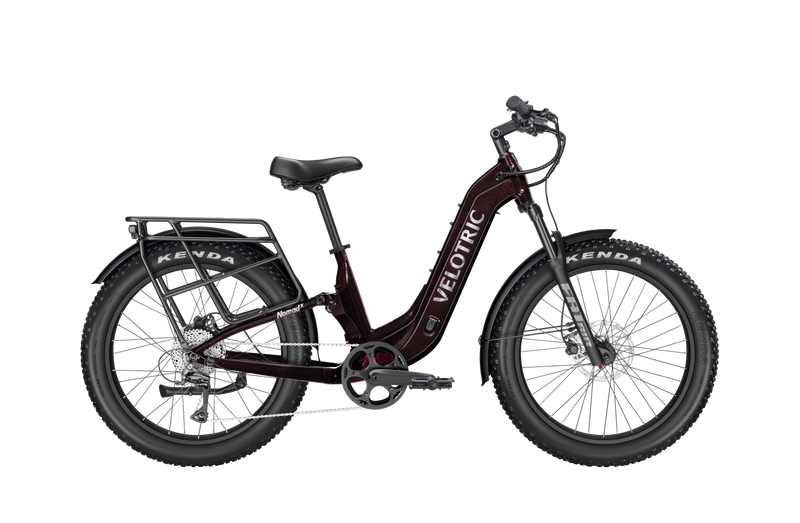
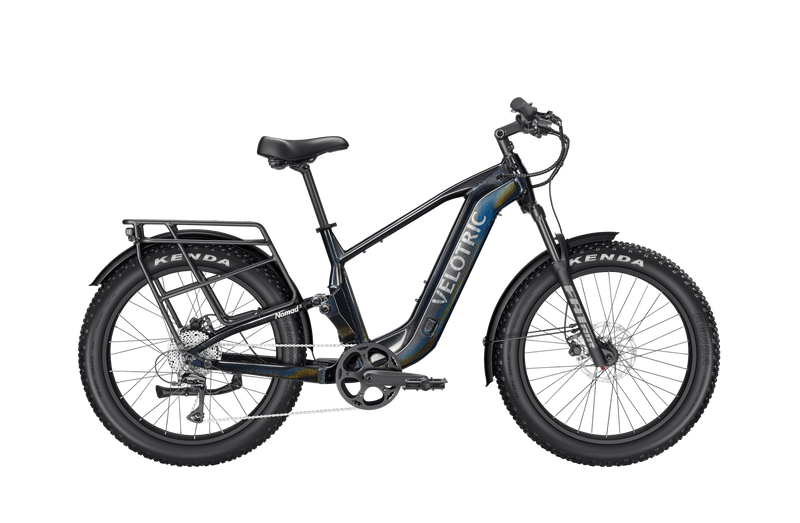
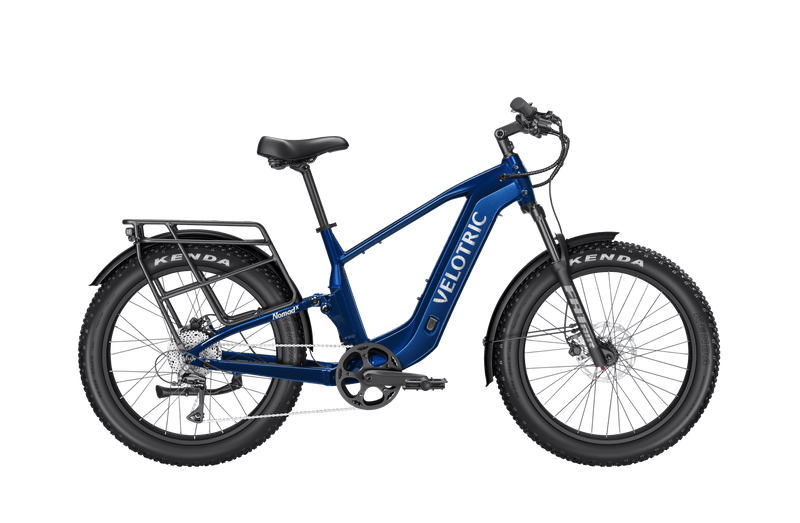
1 comment
Very helpful information, thanks.